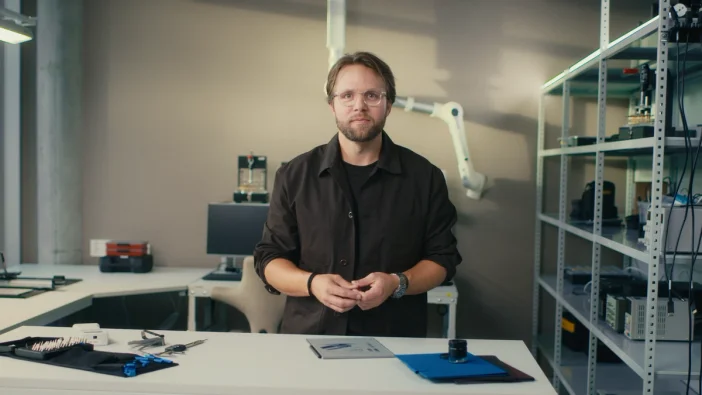Inside reMarkable
Sustainability at reMarkable: what do you think?
Here we’ve gathered some of the most popular questions, comments, and discussion from our work on sustainability. We’d really like to hear from you too, so make sure you get in touch via the link in the article.

Sustainability has proven to be an engaging topic, and for good reason. To meet the world’s climate goals, changes need to be made yesterday. We think the technology industry can really contribute to driving that change. The opportunity is that as companies become more climate conscious, and more open, consumers have even more influence on the environment through the choices they can make.
Feedback is invaluable as we look for ways to lessen our environmental impact, treat people fairly, and try to drive more improvement in the technology industry. So what do you think? How are we doing? What can we do to be better? Let us know what you think by taking this short survey.
Here we’ve compiled some of the questions and discussions we’ve had so far. It’s been incredible to see so many ideas and so much investment from everyone around reMarkable. Keep it coming. We’re here, and we’re listening.
Can you provide more information on where your materials come from?
It’s worth noting we source raw materials through our suppliers and subsuppliers, who are mostly located in parts of Asia, which is where the materials originate. Mapping the entire, end-to-end supply chain is an ongoing process that we’re working on together with our suppliers, based on KPIs from the relevant supplier agreements. If you’d like to read a bit more about that work, you can visit our ‘Treating people fairly’ page.
You could resell the refurbished and repaired items, do you do that? I haven't seen that information. If so, let me know where it is.
Absolutely we do. If you’d like more information on the process you can visit our ‘Going the distance’ page here. It’s important to note refurbished products are subject to availability, so they’re not always present in the webshop. This is because we’re dependent on the number of devices that get sent in return, among other factors.
Do you disclose your scope 3 emissions? How do you define the reporting boundary, and which scope 3 categories you plan to report under?
Short answer, yes. You can find our full emissions reports, including scope 3 categories, here. It’s based on the Corporate Accounting and Reporting Standard, developed by the Greenhouse Gas Protocol Initiative (GHG protocol).
It would be interesting to understand how reMarkable's emissions compare to other products or industry standards, and what efforts are being undertaken in the supply chain to reduce e-waste.
We think this is a really important aspect of transparency, so we’re eager to not just share information but to also supply context. Here's one example: reMarkable Paper Pro, which launched in 2024, creates 58 kg of CO2e emissions. A 13-inch iPad Pro, released the same year, creates around 168 kg of CO2e emissions, according to Apple. A more detailed list of comparisons related to our production emissions can be found on our ‘The work continues’ page.
Love your approach and honesty. Keep being honest!
We really appreciate the interest and positive feedback. There’s still a lot of improvement left but it’s exciting to be able to share and discuss our progress as we go.
Repair and maintenance are the most important points for tech products. For me, it would be fine to have a thicker product, if it could be disassembled as far as possible (with screws).
Having a thin device is important in a number of ways related to the paper legacy of our paper tablets. Thinner devices are more portable and nice to hold when reading, but also make for a more comfortable writing experience when sitting flat on a surface. Still, repairability is a key topic for reMarkable going forward, and we'll continue to balance thinness while also addressing repairability needs.
Just focus on making your products durable.
Durability is definitely something we value highly from a sustainability standpoint. For more information on the way we work with material selection and recycled materials, you can take a look at our ‘Smarter materials’ page.
Numbers, especially abstract ones like environmental impact data, can be difficult to visualize and comprehend. It would be great to have a visual explanation of what, for example, 53 kg CO2e per unit represents.
We couldn’t agree more. While we’re still working on our sustainability processes, we’re also working on the way we communicate our sustainability efforts externally. Head to our ‘The work continues’ page for some context on how much CO2e each device generates.


